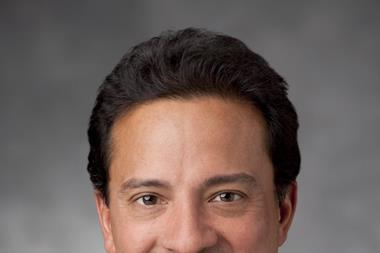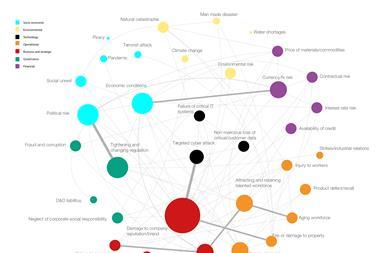Just what would it take to convince a captive to redomicile to Qatar?
How many captive owners have considered the Middle East as a domicile? Not many is the answer, as far as I can tell.
As it stands there are three captives within the Gulf Cooperation Council, which includes Saudi Arabia, Kuwait, the United Arab Emirates, Oman, Qatar and Bahrain.
But that could be about to change. Qatar is dead set on attracting insurance wealth to its small peninsula. And captive insurance companies are one of the key targets for the Qatar Financial Centre (QFC), the body responsible for promoting Qatar as a financial hub.
That is why Qatar's supervisors recently released a new regulatory framework for captives, their managers and brokers, designed to attract captives to Qatar.
The QFC believes that large companies in the region are increasing their focus on effective risk management strategies, which includes using captives as a means of controlling their insurance costs.
Shashank Srivastava, chief executive of the QFC, told me recently that he’d like to attract companies from all over the world, not just the GCC region, to base their captive insurance vehicles in Qatar.
“There are 76 companies in the GCC of the size that warrant a captive. So clearly there is scope in our part of the world and it will develop, but it will take time.” he says
But how long? Well, for the time being at least there won’t be any sudden spike in captive numbers. For starters it’s just too easy to purchase insurance from the commercial market at the moment, meaning that captives aren’t a particularly attractive option.
But the QFC says it is gearing up so that when market conditions do encourage companies to consider a captive they are in the best position to capitalise.
Srivastava thinks there are “interesting forces” at play that could encourage captives to consider redomiciliation to Qatar.
Solvency II is one of those forces, he says. The burdens of Europe’s new capital adequacy regime could push captives out of the EU in search of domiciles that have less strict capital requirements.
And of course there’s always the tax benefit. Qatar has a 0% tax rate for reinsurance companies and captives (in general the maximum tax rate is 10%).
“I think captive owners are practical,” says Srivastava. “You have to be in the jurisdiction that makes most sense to your shareholders.” Only time will tell if that place is Qatar.
StrategicRISK is currently undertaking research amongst captive owners to discover what factors encourage them to redomicile. The full report is available in the next issue of StrategicRISK.
Interested in the GCC region and captives? There’s a Special Report on captives in Gulf in the attached CaptiveRISK supplement. Download it with the link on the right.
.



















